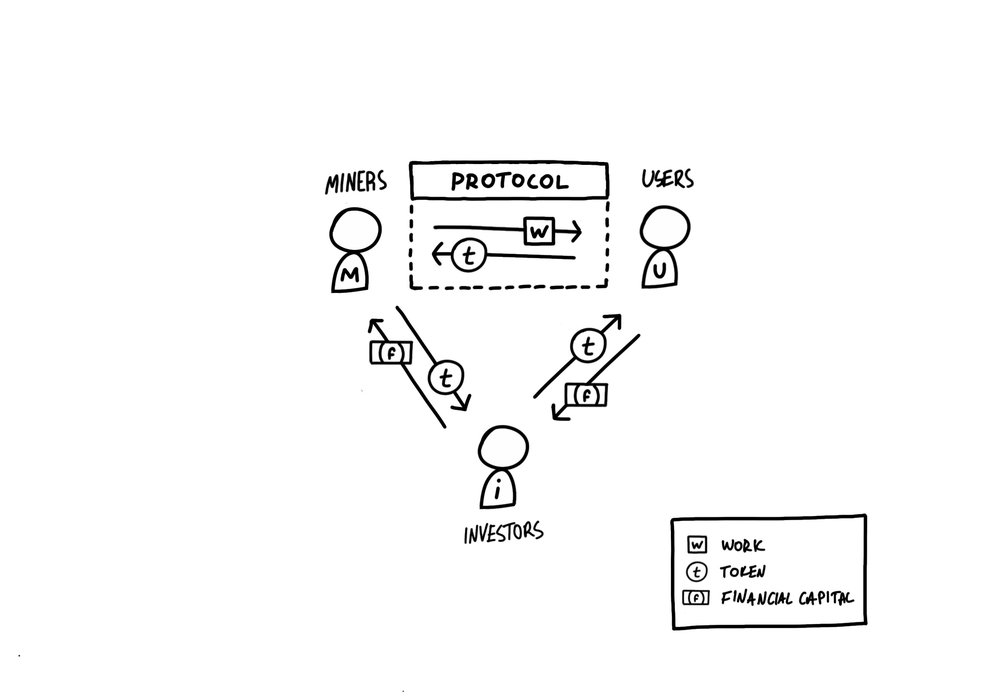As many of you know, I have been spending a fair bit of my time on K12 Computer Science Education over the last decade. The good news is that over that time period, there has been massive progress in getting computer science into our K12 schools in the US.
And if I had to pick one single thing that has been the biggest catalyst for that, I’d point to Scratch, the brainchild of Mitchel Resnick and his Lifelong Kindergarten lab at MIT’s Media Lab.
Yesterday was a big day for Scratch, and therefore, for K12 CS Education around the world. The Scratch team launched Scratch 3, a major release which brings a number of important new features and functions to Scratch. Here is the Scratch Team’s blog post on Scratch 3.
The three big improvements to Scratch in this new release are:
1/ Scratch everywhere. It used to be that you could only run Scratch in a browser. Now you can run it on touch devices like tablets. This is a big deal as many early elementary school classrooms tend to use tablets not computers.
2/ Extensions. The Scratch team has made Scratch extensible via a new element called Extensions. Examples of Extensions are the Lego Mindstorms Extension, or the Google Translate Extension, or the Amazon Text to Speech Extension. I am excited to see all of the amazing Extensions that will get built using this new feature.
3/ New characters, sounds, and backgrounds. Most kids use Scratch to build games, animations, and other fun experiences. Scratch is fun!!! So Scratch 3 brings a massive expansion of creative elements that kids can use to create the things they want to make.
Obviously Scratch can’t and won’t be used to make things like operating systems, machine learning models, transaction processing systems, etc, etc. But the people who will be building those things in the next ten years will have likely gotten into programming via Scratch.
Scratch is the on-ramp to computational thinking, coding, programming, and whatever word you want to describe the essence of computer science education. It makes something that seems so daunting really fun and approachable. And that is why I think it is the single biggest catalyst for K12 Computer Science Education.
And it just got a lot more fun and a lot more powerful.
